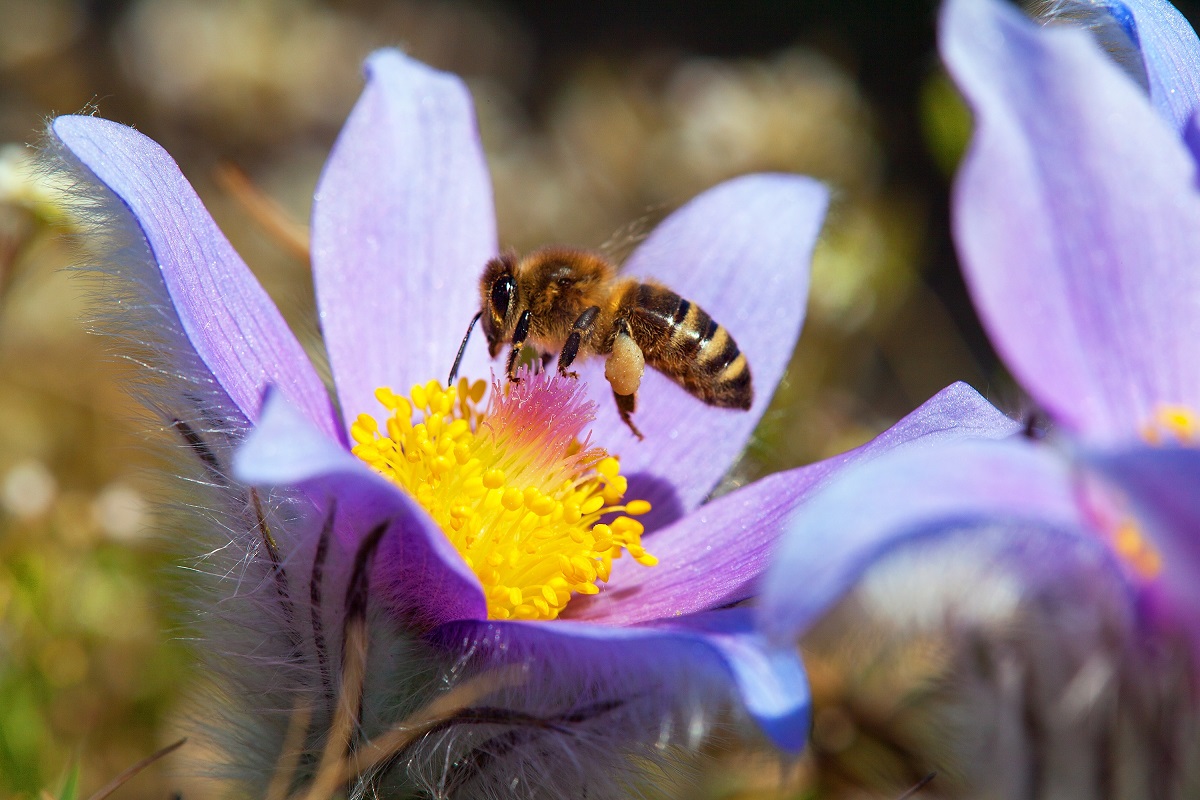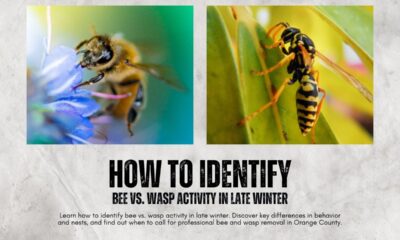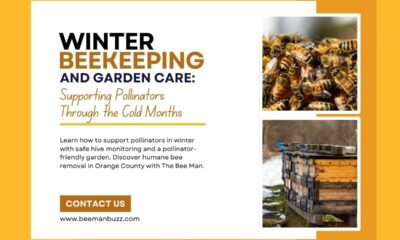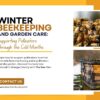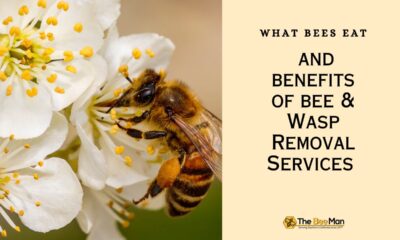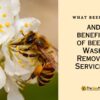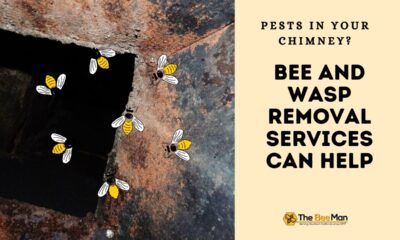Home Improvement
Bring Back the Bees
Your garden can be a haven to bring back the bees!
Bees play a vital role in our daily lives, and many of us may not realize it. Almost 1/3 of global food production depends on bees, especially the bees which pollinate plants we love such as apples, almonds, pumpkins, and blueberries.
As much as one-third of food is pollinated by bees, adding about $15 billion in annual value to crops. Bees are the primary pollinators of many of our fruits and vegetables, and if they are lost, our healthy diets are going to become more and more expensive.
Unfortunately, according to data from the Environmental Protection Agency, beekeepers report that the past decade has seen a sharp decline in the number of bees. To ensure safe and sustainable removal of the bees from your garden, reach out to the bee removal services Orange County.
What happened to the bee?
Bees are struggling. In the recent winter, a catastrophic case of Colony Collapse Disorder (CCD) occurred throughout our county in which entire hives died, diminishing the overall bee species.
Before 2006, the expected annual loss of bees was about 10-15%. Since 2006, this number has more than doubled to more than 30%. CCD is considered an international issue, and it is predicted that it will soon increase food costs directly.
The CCD is more poetically called “Mary Celeste Disorder”: as the bees have just disappeared, and no one knows for sure why, although we have some reasonable guesses.
This problem is most likely caused by several factors: an increase in mites and other diseases, the use of some pesticides, and the reduction in bee colonies due to a reduction in the appropriate type of food supply.
How to increase the number of bees in the garden?
Your garden can be a haven
Can a gardener solve such a big problem? In fact, yes! Because a garden is usually managed in a milder way than the surrounding countryside it is an excellent resource for bees, with more diverse residents and habitats.
By planting the right vegetables and flowers, you can create an engaging environment for bees in the backyard, with a useful initiative being to grow organic-based plants.
Plant bee-friendly flower
It’s wise to have bees and flowers together, but did you know that bees are attracted to certain types of herbs? For example, they need to have upright open petals for easy access to pollen, such as the cosmos and zinnias.
Color is essential, bees find blue, purple, and yellow to be the most attractive. Try to avoid planting red flowers because the bees don’t see the color (they think it’s black). Sunflowers, daisies, California cloves, and cranesbills are also very attractive!
Planting must be done in the spring, summer, and autumn to keep the buzz throughout the year.
Do not use pesticides
No one likes the pests in their gardens, but do you know that pesticides, even some organic insecticides, are fatal to bees?
To help protect bees, avoid using them. They are much safer, pesticide-free options that are equally effective while keeping bees safe, such as crop rotations and row covers.
Another non-toxic alternative involves spraying insecticidal soap on plants. You can learn how to make insecticidal soap here. Plants that use natural pests, such as garlic, are another way to avoid the use of harmful chemicals.
Leave the water
Bees need water to drink, while Mason bees use water to combine dirt with building nests.
You can use a basin, small bowel, or household container to create a water source. Place water next to the designated bee plant so that they have ease of access, and make sure to change the water every day to prevent mosquito and fly problems.
By providing water for your bees, you can leave them in your yard or your property for a more extended period.
Establishing a bee habitat
Providing accommodation for bees is a great way to increase the population of bees!
All you have to do is create a lot of holes in a piece of unprocessed wood, but be sure to cover the holes with chicken wirings to prevent birds from coming into contact with the bees. You can create other bee habitats by drilling holes into dead trees or by creating piles of branches.
If your bees get out of hand, however, you can contact bee removal services Orange County to ensure safe removal.
Nectar detector
Modern plant breeding makes the life of bees more challenging than ever, as breeders like to double their flowers and make their petals much thicker. These flowers hide the nectar in the beautiful pleats of pink, purple or orange, making it difficult for the bees to reach them, and even if the flowers leave any nectar after being bred for looks, you will be hard-pressed to find any bees.
Try to grow simple, old-fashioned, single flowers that are full of nectar. Herbs such as lavender, catnip, sage, thyme, fennel, and leeks are the best, and on sunny days your herbal bed will sizzle with bees! Make sure that your bees can always use simple flower pits. You may grow roses in the early summer, the lavender in the summer and the sunflowers in the late summer.
Group these pollen-rich flowers close together to provide the most welcoming place for bees in plenty of sunshine.
Through these steps, your garden will be full of vitality and color, and you will do your part to bring the bees back in the process. Bee removal service providers in Orange County can also recommend proven strategies to bring back the bees.

